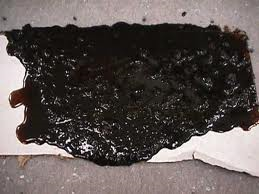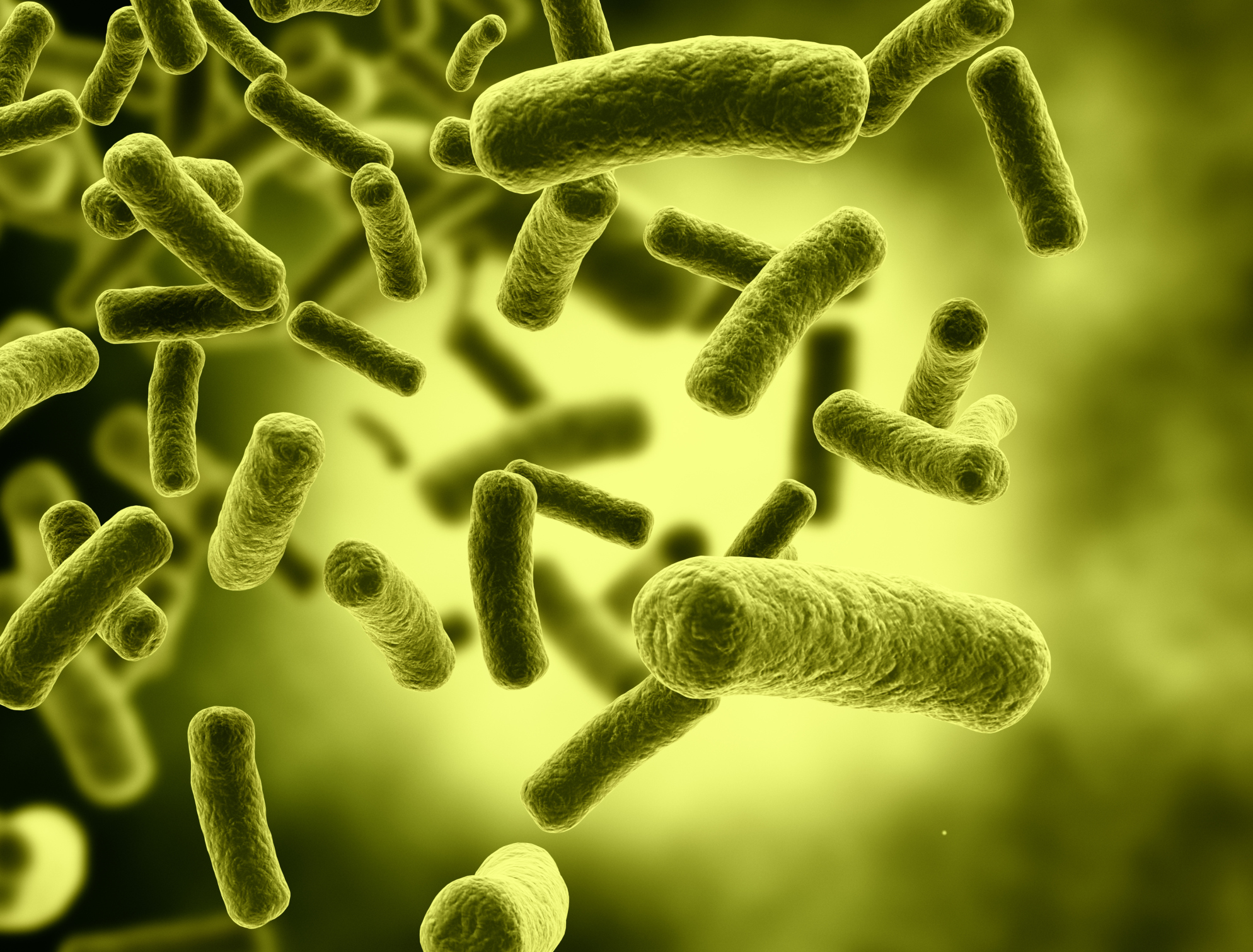Ever thought we'd be using feces, dead bodies and leftovers as power sources? With our diminishing amount of irreplaceable fossil fuels, we're sure on our way. Though we can rely on sources such as wind and solar power, the need to find alternative routes to produce energy for our busy world has pushed the scientific community into thinking way outside the box.
Feces

Most of us agree that feces are disgusting and should be disposed of immediately. But since poo contains the odorless, colorless gas we know as methane, it can actually be quite useful to our environment. Once processed by microorganisms (to release the methane), dog poo was used to power lights, and cow manure has been used to produce electricity and heating fuel for a dairy farm. Human waste was even taken from a sewage plant to generate enough energy to power a small car. With such a cheap and readily available alternative, it seems we're wasting more energy than we realize.
Dirty diapers

Millions of babies are born each year, and they all go through countless diapers every day. Instead of throwing them away, one Japanese company called Super Faiths has found a new use for them by turning them into fuel pellets. To do this, the company's machines sterilize, dry and shred the diapers, turning them into fuel for a biomass boiler. So next time you have a heavy, soggy diaper on your hands, keep in mind that it can, in fact, go to good use.
Leftovers

Have some old food lying around, maybe in the back of the fridge? Well don't scrape those leftovers into the trash just yet—they contain biogas, a useful fuel mainly made up of methane that's obtained from organic matter after it's been degraded over time by bacteria and other natural conditions. Most leftover food, such as fruit skins or coffee can be used to obtain biogas, and there are already small industries collecting and using the trash produced in large cities to generate electricity.
Sludge

A team of researchers at the University of Nevada, Reno have dried sludge to make it burnable for a gasification process. Their processing machine turns the sticky, gooey sludge into powder by using low temperatures in a fluidized bed of sand and salts to produce biomass fuel. Though the research is ongoing, studies show that a full-scale system can generate 25,000 kilowatt-hours per day to help power reclamation facilities. Who knew something like sludge could be so useful?
Dead bodies

Bodies are always harboring energy, even if they're not alive. A crematorium in the United Kingdom uses the gases released from the cremation process to heat up the building. Since the energy in cremated bodies is already being captured as it passes through filters to remove the mercury in the fillings of the deceased, the crematorium took advantage of this otherwise wasted energy. To distribute the power, pipes are used to pump it throughout the entire building. Morbid, definitely, but obviously it's not a bad idea to power a building, if that building is a crematorium.
Bacteria

Like it or not, billions of bacteria are thriving everywhere in our world, and as any living organism does when there's a food shortage, they have a strategy for survival. E. coli bacteria, for example, store fuel in the form of fatty acids, and some of those fatty acids are needed for the production of biodiesel fuel. Scientists have removed enzymes from the bacteria in order to boost fatty acid production, and then dehydrated the acid to eliminate the oxygen, which turned it into a type of diesel fuel. Better yet, the same bacteria that can make us sick can also help us save money and the environment by providing fuel for transportation. Bacteria isn't so bad after all.
Do you think our world will ever need to depend on such bizarre alternative energy sources? Share your thoughts—l eave a comment below.
Advertisement
Learn more about Electronic Products Magazine





